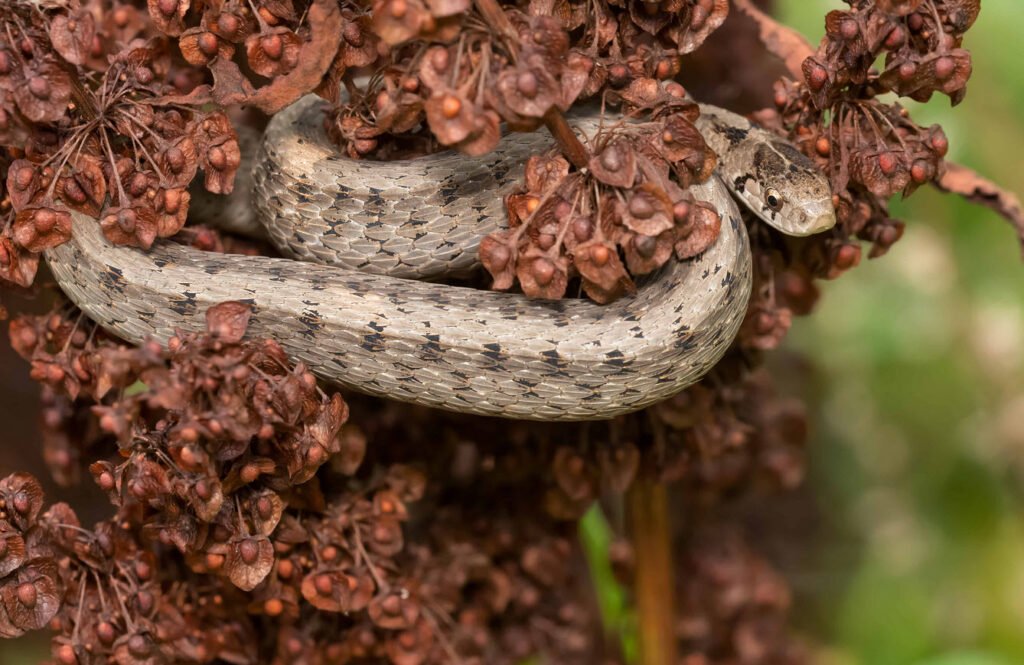
Tennessee, a state known for its diverse flora and fauna, is home to a variety of snake species. From the harmless and intriguing Worm Snake to the venomous Copperhead, these reptiles play a vital role in the state’s ecosystem.
This article aims to provide an overview of some notable snake species found in Tennessee.
- Worm Snake
- Scarlet Snake
- North American Racer
- Ring-Necked Snake
- Red Cornsnake
- Common Kingsnake
- Gray Ratsnake
- Milk Snake
- Coa-chwhip
- Plain-Bellied Watersnake
- Rough Green Snake
- Northern Pine Snake
- Cottonmouth
- Copperhead
- Queen Snake
1. Worm Snake (Carphophis amoenus)
The Worm Snake is a small and slender snake, typically measuring about 7 to 13 inches in length. It is non-venomous and has a pinkish or reddish-brown coloration with a smooth, shiny appearance. This snake primarily feeds on earthworms and insect larvae.
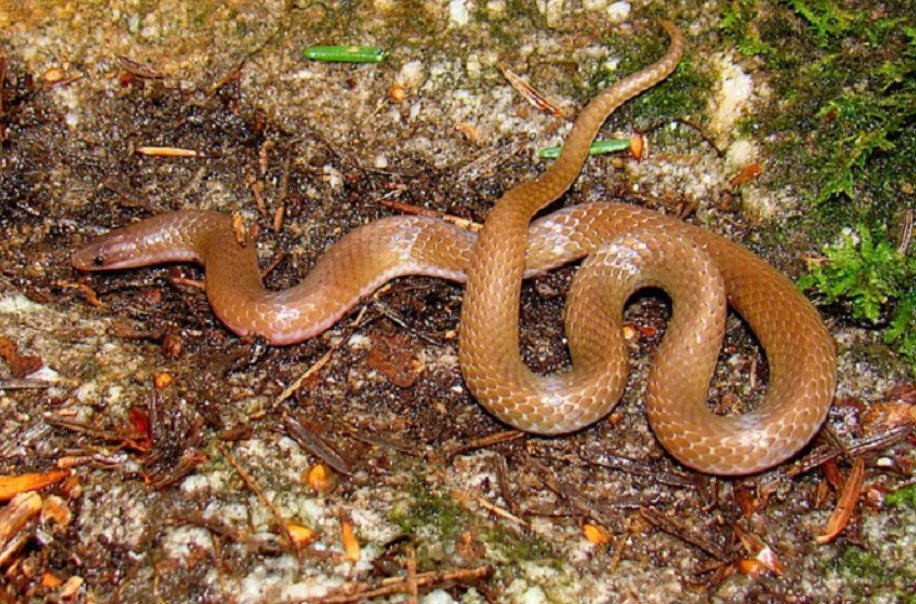
2. Scarlet Snake (Cemophora coccinea)
Known for its striking coloration, the Scarlet Snake features red, black, and white bands along its body. It is a small snake, usually around 14 to 20 inches in length. Despite its vibrant appearance, the Scarlet Snake is harmless and primarily preys on small reptiles and amphibians.
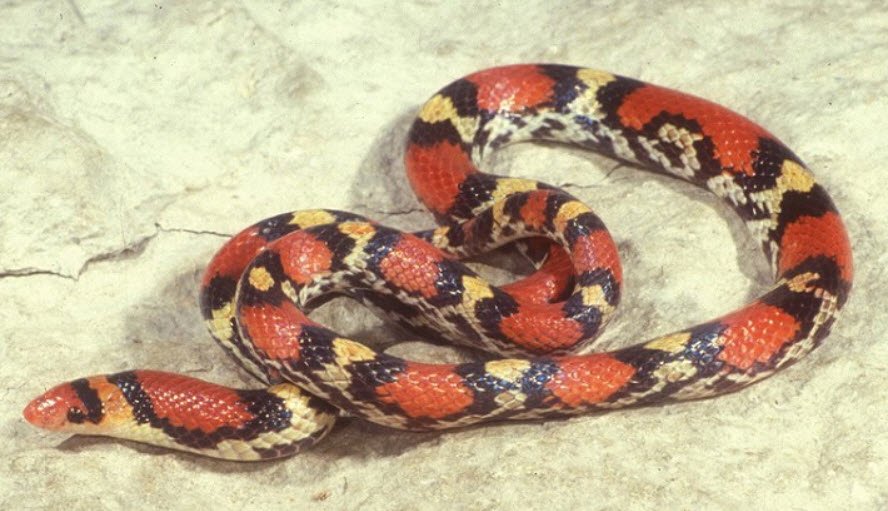
3. North American Racer (Coluber constrictor)
The North American Racer, often referred to as a “black racer,” is a fast-moving snake with a slender body and smooth scales. It is typically dark in color, ranging from gray to black. This species is non-venomous and primarily feeds on small mammals, birds, and insects.

4. Ring-Necked Snake (Diadophis punctatus)
The Ring-Necked Snake is named for the distinctive yellow or orange ring around its neck. It is a small, nocturnal snake with a glossy black or dark gray body. Despite its small size and vibrant markings, this snake is harmless to humans. It mainly feeds on insects, earthworms, and amphibians.

5. Red Cornsnake (Pantherophis guttatus)
The Red Cornsnake, also known as the Red Rat Snake, is a popular snake in the pet trade due to its attractive red and orange coloration. It is non-venomous and can grow to be quite large, reaching lengths of up to 4 to 6 feet. In the wild, it preys on small mammals and birds.
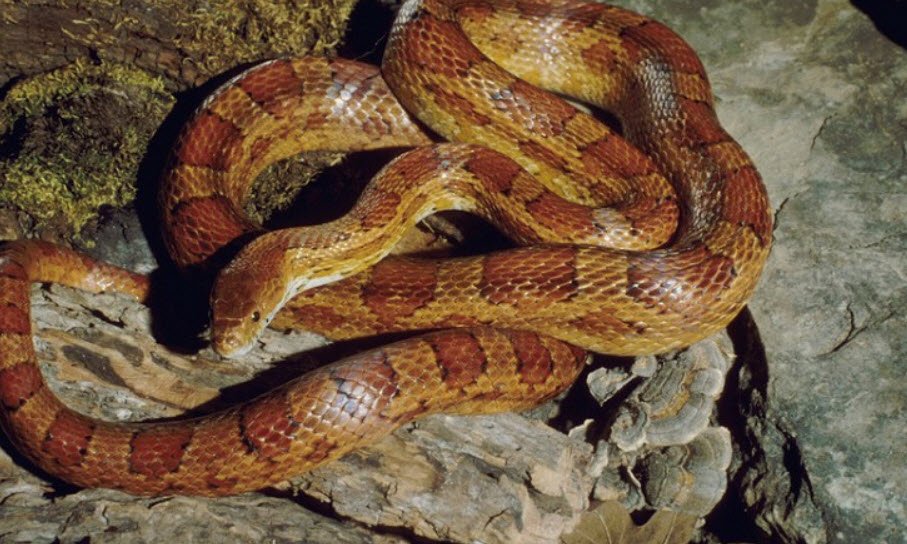
6. Common Kingsnake (Lampropeltis getula)
The Common Kingsnake is a robust and powerful snake known for its striking black and white banding. It is a constrictor and feeds on a variety of prey, including rodents, other snakes, and lizards. This snake is not venomous and is often beneficial in controlling rodent populations.

7. Gray Ratsnake (Pantherophis spiloides)
The Gray Ratsnake is a large and powerful snake, often reaching lengths of 3 to 7 feet. It is gray or brownish in color with darker blotches. This non-venomous snake primarily preys on rodents and birds, helping to regulate their populations.

8. Milk Snake (Lampropeltis triangulum)
Milk Snakes are known for their vibrant color patterns, which typically include red, black, and white bands. They are non-venomous and primarily feed on small mammals, reptiles, and birds. Despite their appearance, Milk Snakes are harmless to humans.
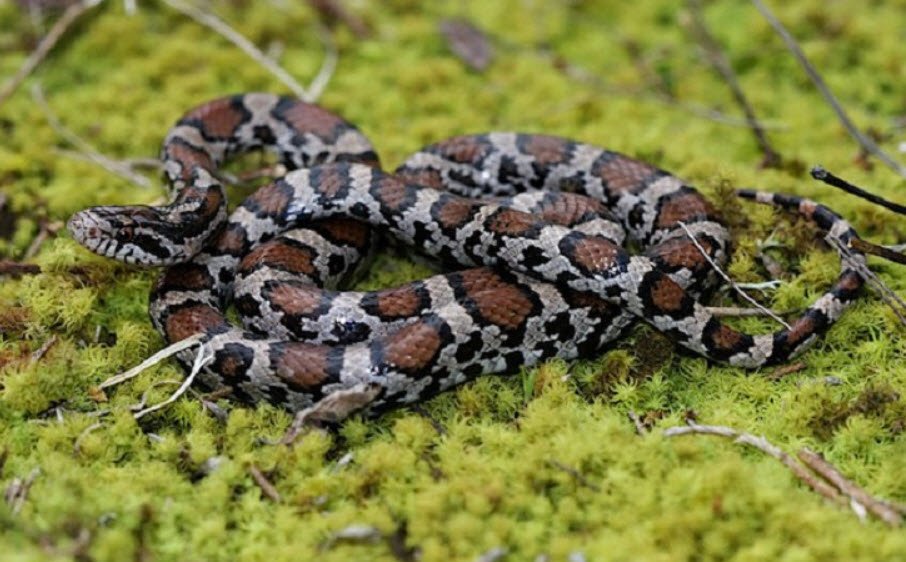
9. Coachwhip (Masticophis flagellum)
The Coachwhip is a highly active and alert snake, known for its incredible speed and agility. It has a slender body and is usually reddish-brown or tan in color. This snake preys on lizards, birds, and small mammals and is non-venomous.
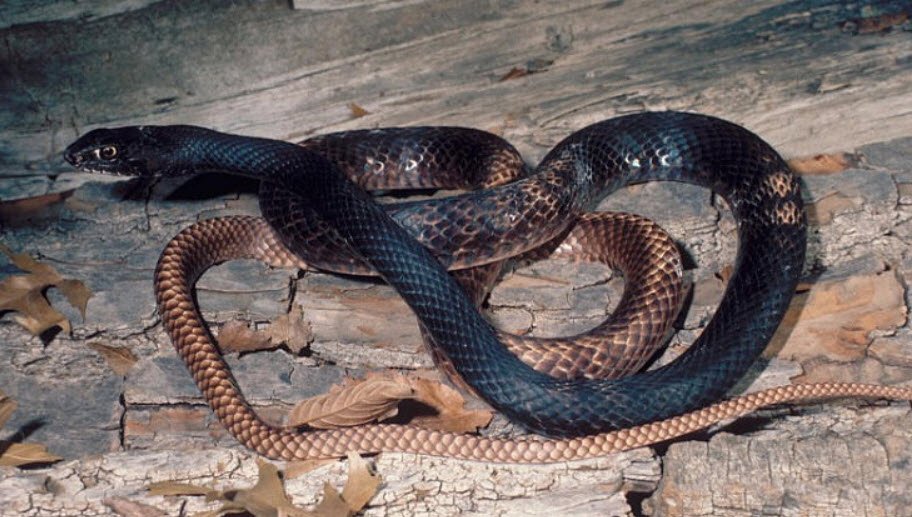
10. Plain-Bellied Watersnake (Nerodia erythrogaster)
As the name suggests, the Plain-Bellied Watersnake has a plain coloration on its underside, while the upper part of its body may have various patterns and colors. It is often found near water sources and primarily feeds on fish, amphibians, and aquatic insects.
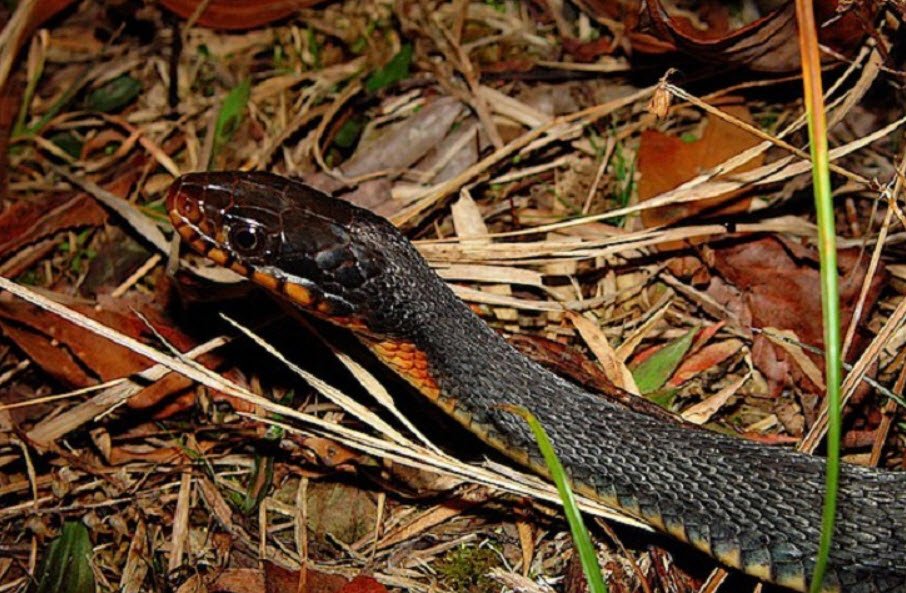
11. Rough Green Snake (Opheodrys aestivus)
The Rough Green Snake is a slender and docile species with bright green coloration, allowing it to blend seamlessly with vegetation. It is non-venomous and primarily feeds on insects and spiders. This snake is often seen in trees and shrubs.
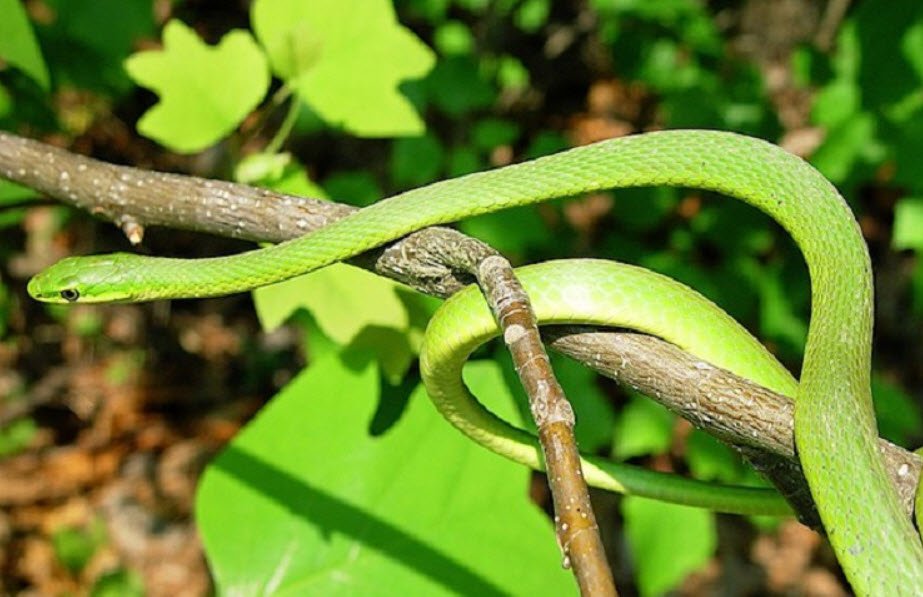
12. Northern Pine Snake (Pituophis melanoleucus)
The Northern Pine Snake is a large and heavy-bodied snake with a distinctive pattern of dark brown or black markings on a light background. It primarily inhabits pine forests and feeds on small mammals, birds, and bird eggs. It is non-venomous.
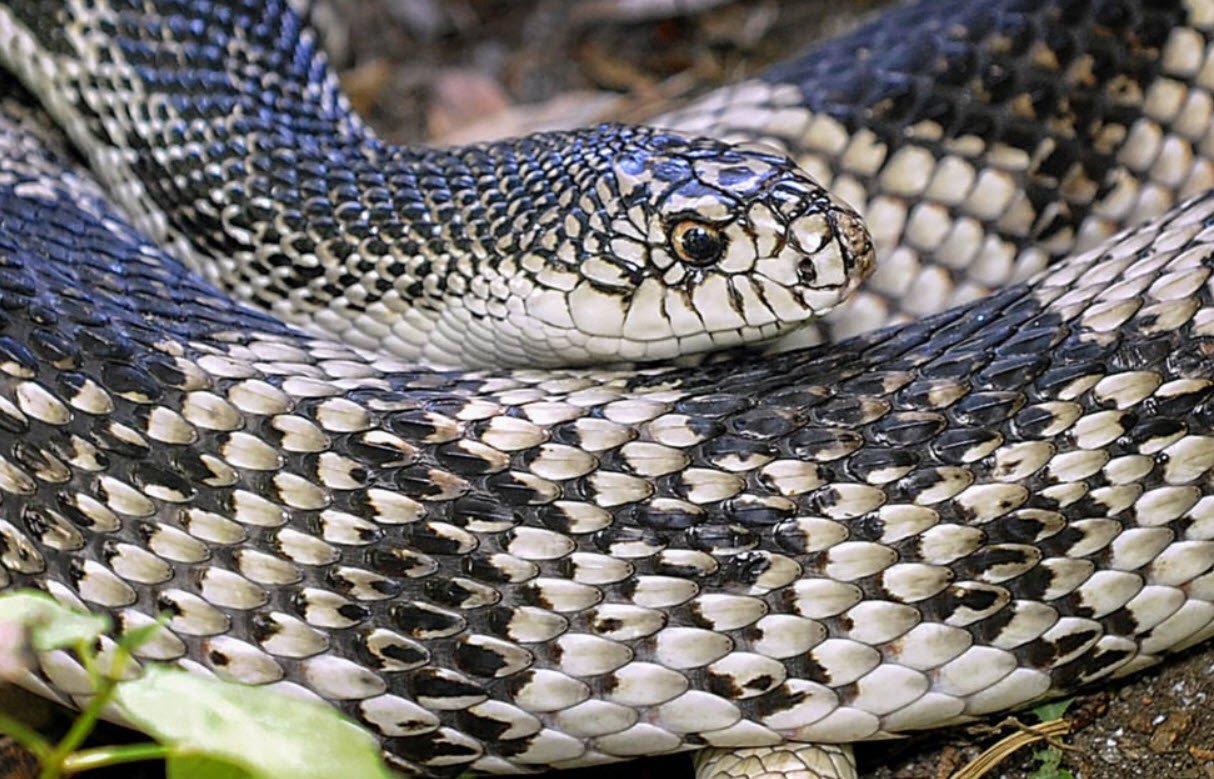
13. Cottonmouth (Agkistrodon piscivorus)
The Cottonmouth, also known as a water moccasin, is a venomous snake with a distinctively thick body and a white mouth. It is primarily found near water sources and feeds on fish, amphibians, and small mammals. Caution should be exercised around this species due to its venomous nature.
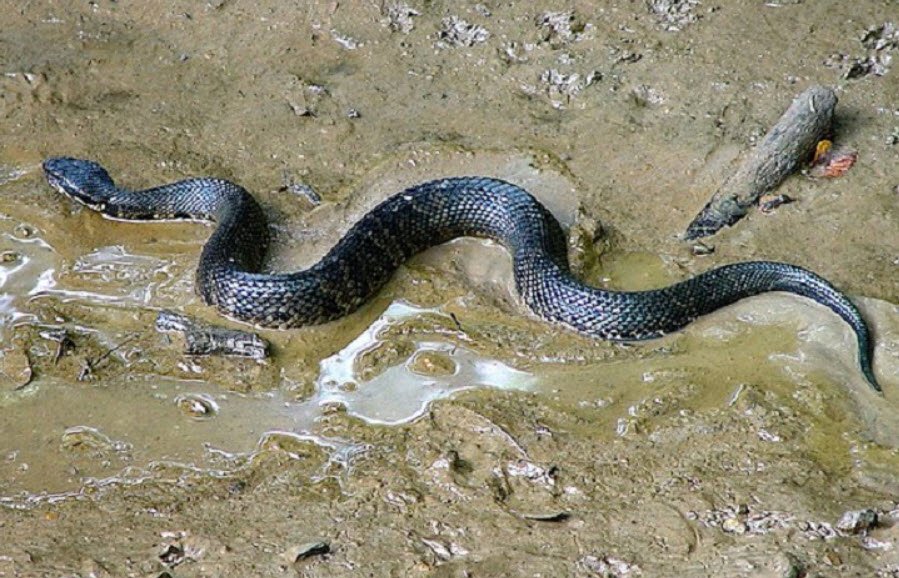
14. Copperhead (Agkistrodon contortrix)
The Copperhead is another venomous snake found in Tennessee, known for its coppery-colored head and hourglass-shaped markings. It inhabits wooded areas and feeds on rodents, insects, and amphibians. Awareness and caution are crucial when encountering this snake.
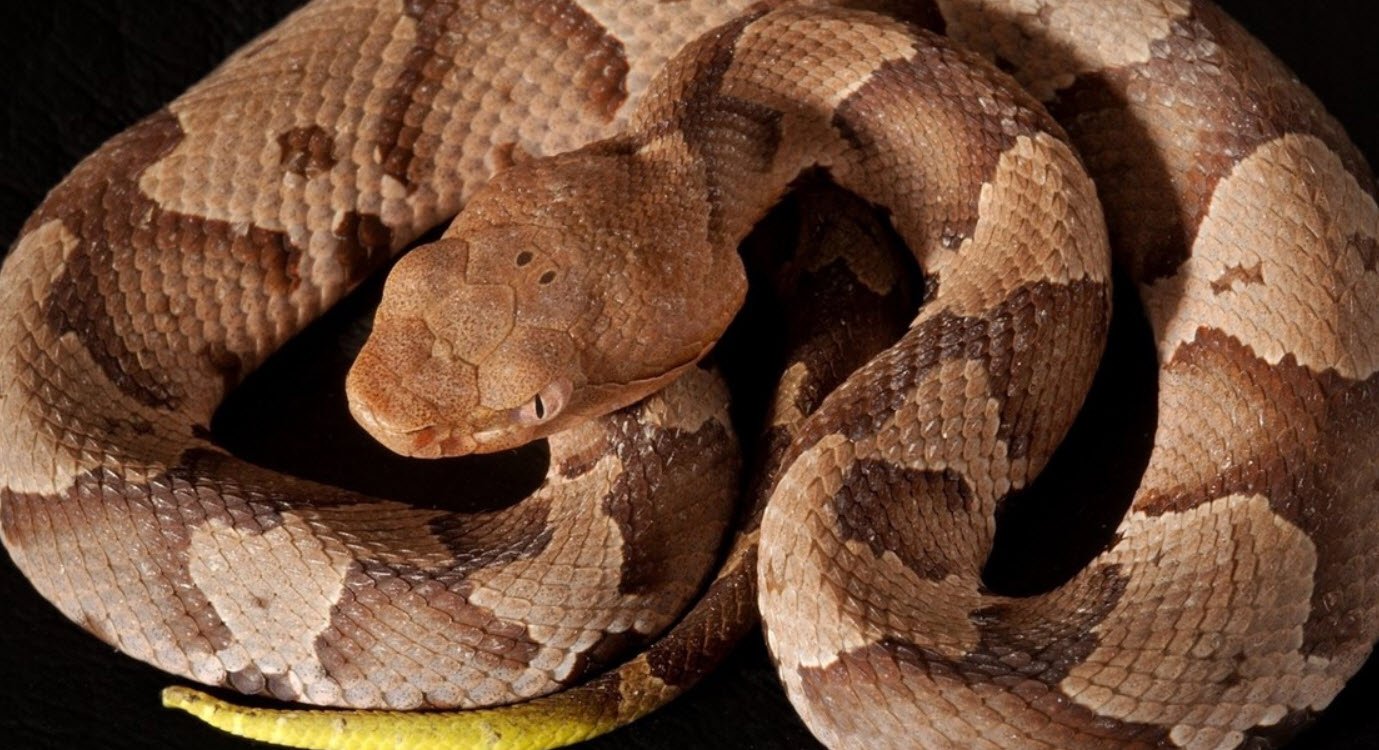
15. Queen Snake (Regina septemvittata)
The Queen Snake is a small and slender aquatic snake with distinctive yellow stripes on its body. It primarily feeds on freshwater crayfish and prefers rocky streams and rivers. It is non-venomous and harmless to humans.
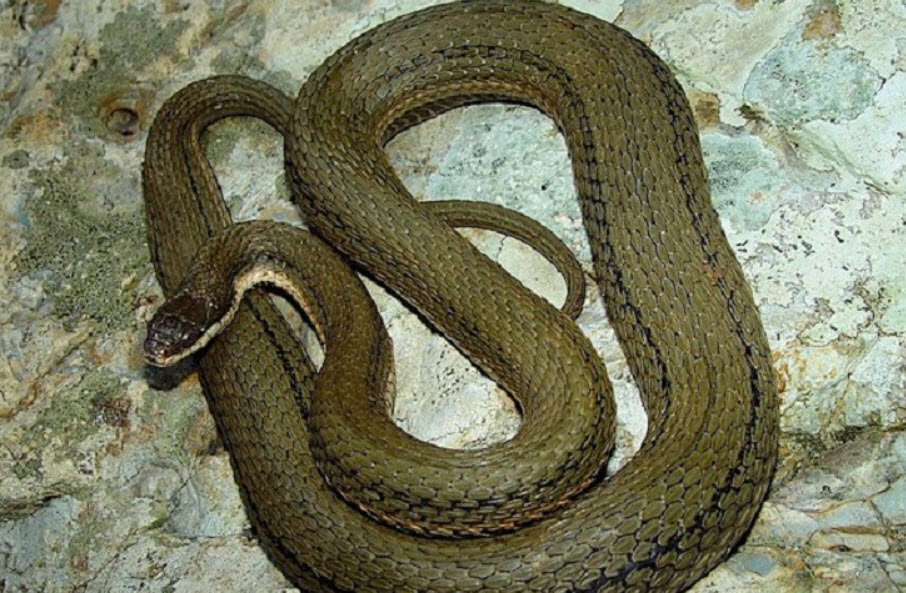
In conclusion, Tennessee is home to a diverse array of snake species, each with its own unique characteristics and ecological roles. While some, like the Worm Snake and Ring-Necked Snake, are harmless and beneficial, others like the Copperhead and Cottonmouth require caution and awareness due to their venomous nature. Understanding and appreciating these fascinating reptiles are crucial for maintaining a balanced and healthy ecosystem.
You may also like:- Snakes in Michigan – An Overview of the 15 Native Species
- Top 10 World’s Most Dangerous Snakes
- Pet Snakes – A Guide to Behavior, Care, Diet, Habitat, and Health
- 13 Types of Snakes That Live in Pennsylvania (With Images)
- 3 Native Snakes of Britain – A Closer Look at Adder, Smooth Snake, and Grass Snake
- 6 Poisonous Snakes in Georgia – A Closer Look
- 11 Incredible Snakes in Virginia
- A Comprehensive Guide to Various Types of Snakes



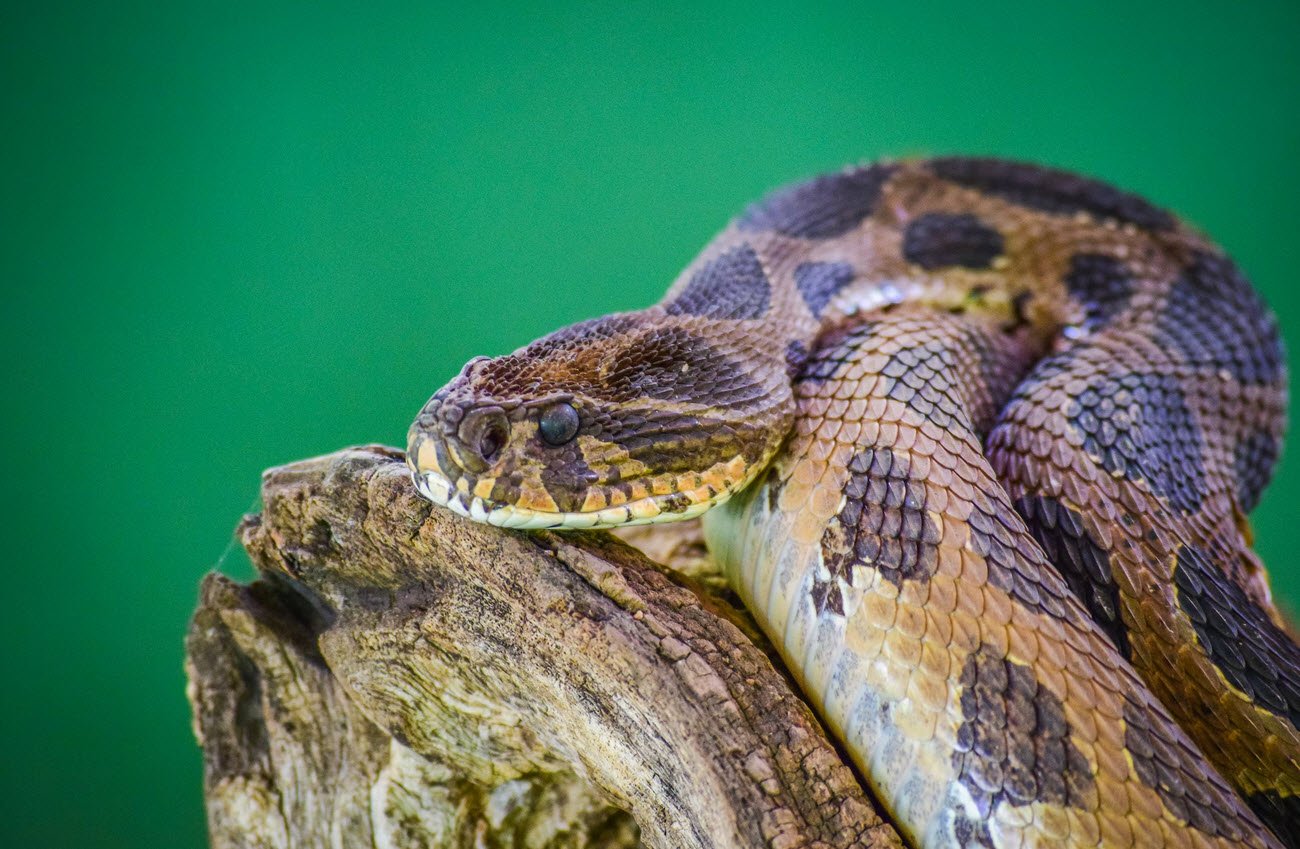

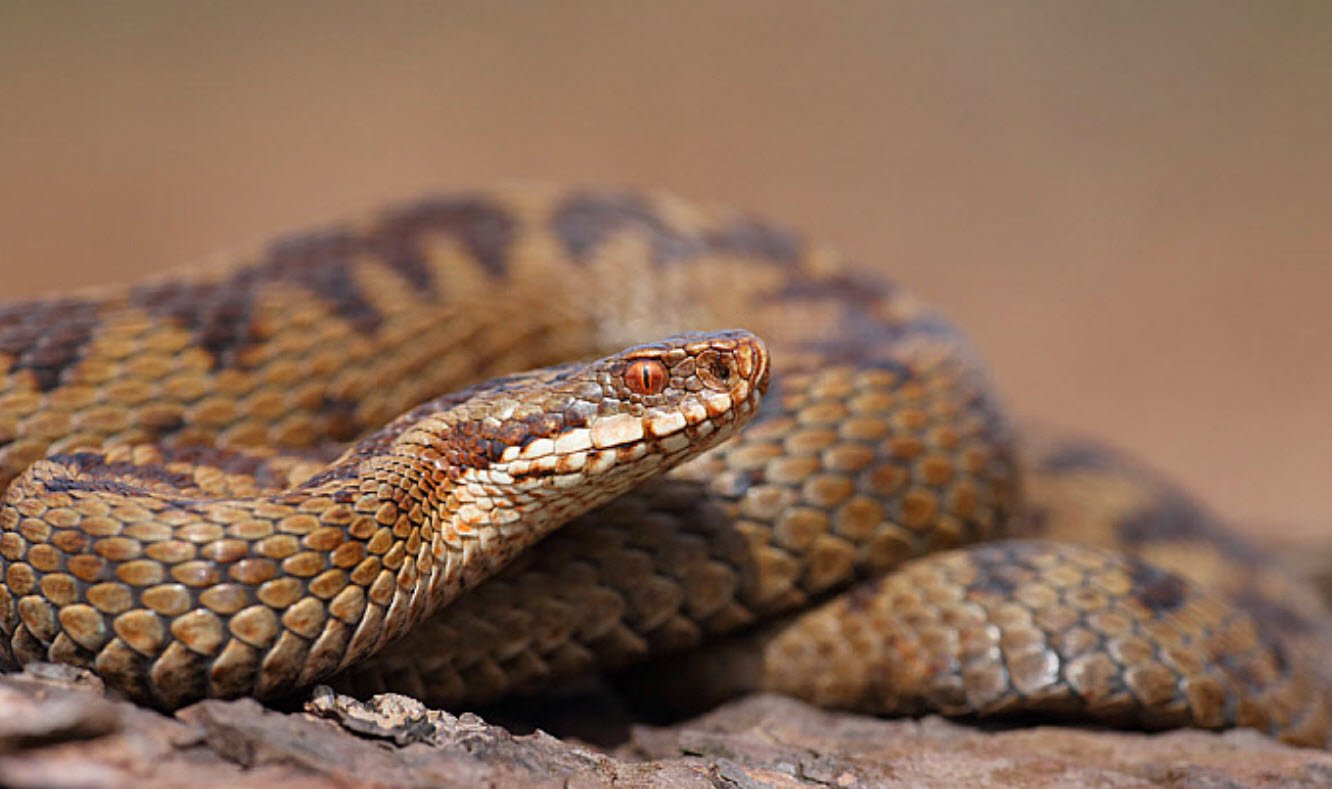



This Post Has 3 Comments